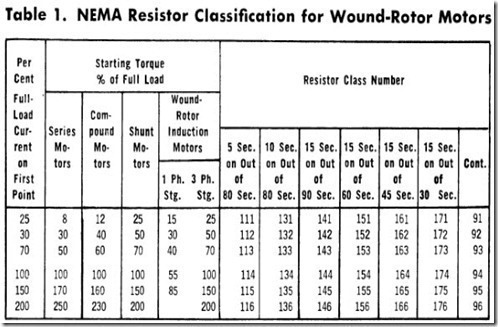Problem-A certain load takes 40 kVA at 50% lagging power factor, while another load connected to the same source takes 80 k VA at 86. 7% lagging power factor. Find the
(a) Total effective power.
(b) Reactive power.
(c) Power factor.
(d) Apparent power.
Solution-The apparent power taken by each load, expressed with reference to the voltage, is given in Fig. 12. From a trigonometric table, the angle corresponding to a 50% power factor is 60°, and the angle corresponding to an 86.7% power factor is 30°. To find the resultant, it is necessary to complete the parallelogram. As shown in Fig. 12, the sum of the effective power is indicated along the horizontal, and is as follows:
The total reactive power is indicated along the vertical, and is
The apparent power is
Problem-A group of induction motors takes 100 kVA at 84% lagging power factor. A synchronous motor connected to the same line takes 60 kVA at 70.7% leading power factor. Determine the
(a) Total effective power.
(b) Reactive power.
(c) Power factor.
(d) Apparent power.
Solution-This is a simple problem on power-factor correction. Remember here that, since the synchronous motor has a leading power factor, this vector must be laid out in the proper direction, or 45° above the reference or voltage vector. Thus, from Fig. 13
The total reactive power is the difference between the two, since one is leading and the other is lagging. Thus
The apparent power is
SUMMARY
It is often advantageous for anyone concerned with electric motors to be able to determine certain facts about the circuits by means of simple calculations. For example, it may be necessary to provide the proper size of wire to install a motor. This can be easily done by substituting the known factors in the proper formula. This chapter offers many examples of the solving of similar problems .
REVIEW QUESTIONS
I . What is the efficiency of a 10-hp motor that requires 8 kilowatts at full load?
2. What is the formula for finding capacitive reactance?
3. How much current flows through a 10-henry inductance when connected across 220 volts, 60 hertz ac?
4. What is the circular-mil area of a conductor, the diameter of which is 0.125 inch?
5. List the three forms of Ohm’s law for de circuits.
![Motor-Calculations90_thumb_thumb_thu[2] Motor-Calculations90_thumb_thumb_thu[2]](http://machineryequipmentonline.com/electric-equipment/wp-content/uploads/2020/06/Motor-Calculations90_thumb_thumb_thu2_thumb1.jpg)
![Fig.-12.-Vector-diagrams-of-true-rea[1] Fig.-12.-Vector-diagrams-of-true-rea[1]](http://machineryequipmentonline.com/electric-equipment/wp-content/uploads/2020/06/Fig.-12.-Vector-diagrams-of-true-rea1_thumb1.jpg)
![Motor-Calculations93_thumb_thumb_thu[1] Motor-Calculations93_thumb_thumb_thu[1]](http://machineryequipmentonline.com/electric-equipment/wp-content/uploads/2020/06/Motor-Calculations93_thumb_thumb_thu1_thumb.jpg)
![Motor-Calculations95_thumb_thumb_thu[1] Motor-Calculations95_thumb_thumb_thu[1]](http://machineryequipmentonline.com/electric-equipment/wp-content/uploads/2020/06/Motor-Calculations95_thumb_thumb_thu1_thumb.jpg)
